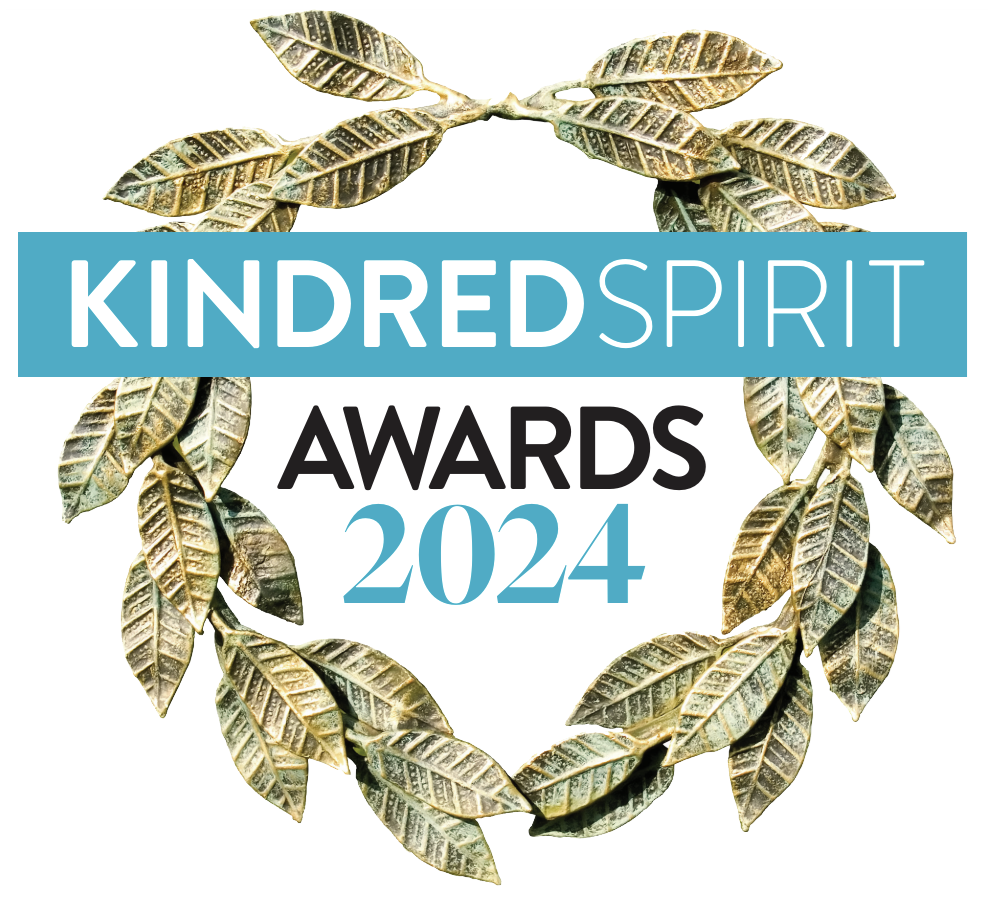Pages in the Tarot
Readers, please enjoy this guest blog post by Deborah Lipp, author of The Elements of Ritual, The Way of Four, The Way of Four Spellbook, Merry Meet Again, and the new Tarot Interactions.
 People lose their minds over court cards in the tarot. They can stop the reader cold: Is this a person? If so, is it the querent (the person receiving the reader) or some third party? Is it a symbol, an abstract concept, or what?
People lose their minds over court cards in the tarot. They can stop the reader cold: Is this a person? If so, is it the querent (the person receiving the reader) or some third party? Is it a symbol, an abstract concept, or what?
Partially, this is answered by context, because all of the tarot court can be any or all of the above. I like to start from the idea that a court card is a person—often a third party—because I think too many readers resort to abstracts too often. I like my readings to be concrete.
Pages are often young people; any age from childhood to mid-twenties. They approach their suit with a childlike wonder—for example, the Page of Wands is new at wands. If the person is a student, or starting out at something—like a new career—then age doesn’t matter. If a forty-year-old goes back to school to study cooking, then that person could be a Page of Pentacles (a student of a pentacle-related subject).
Pages are airy, so the Page of Wands is Air of Fire, the Page of Cups is Air of Water, etc. This means that Pages tend to look at their tool in the abstract, as a concept. They think about love, or money, or work.
Finally, a page can represent a message. If the Page seems completely disconnected from the rest of the reading, consider that he or she may represent a message related to some of the more important cards.
Our thanks to Deborah for her guest post! For more from Deborah Liopp, read her article “Why You’re Not Good at Tarot.”









